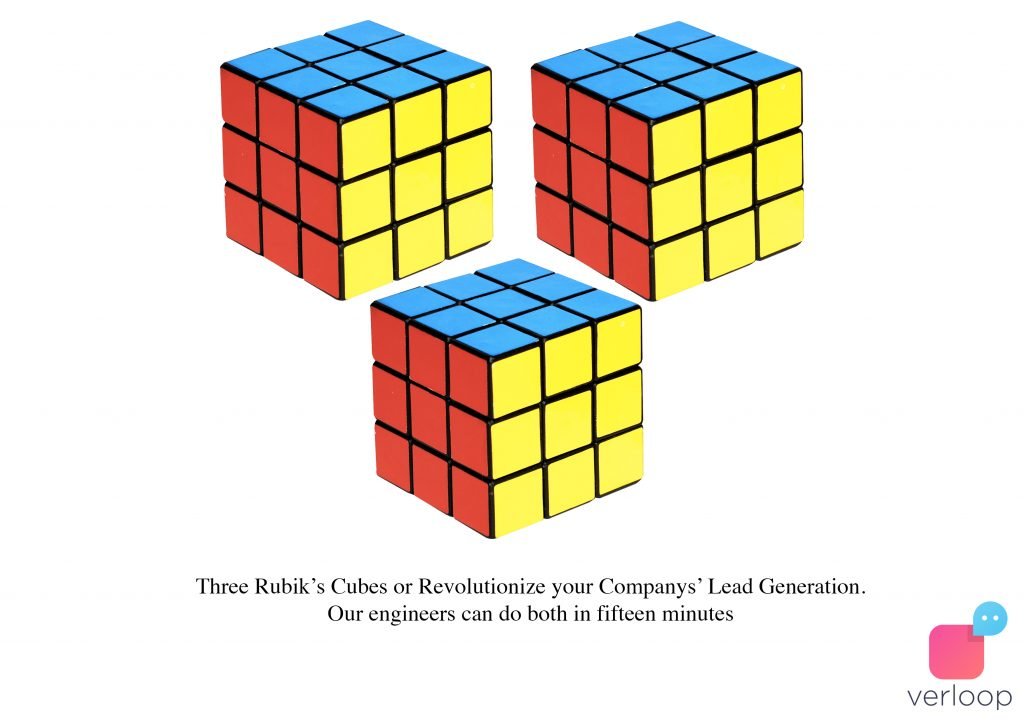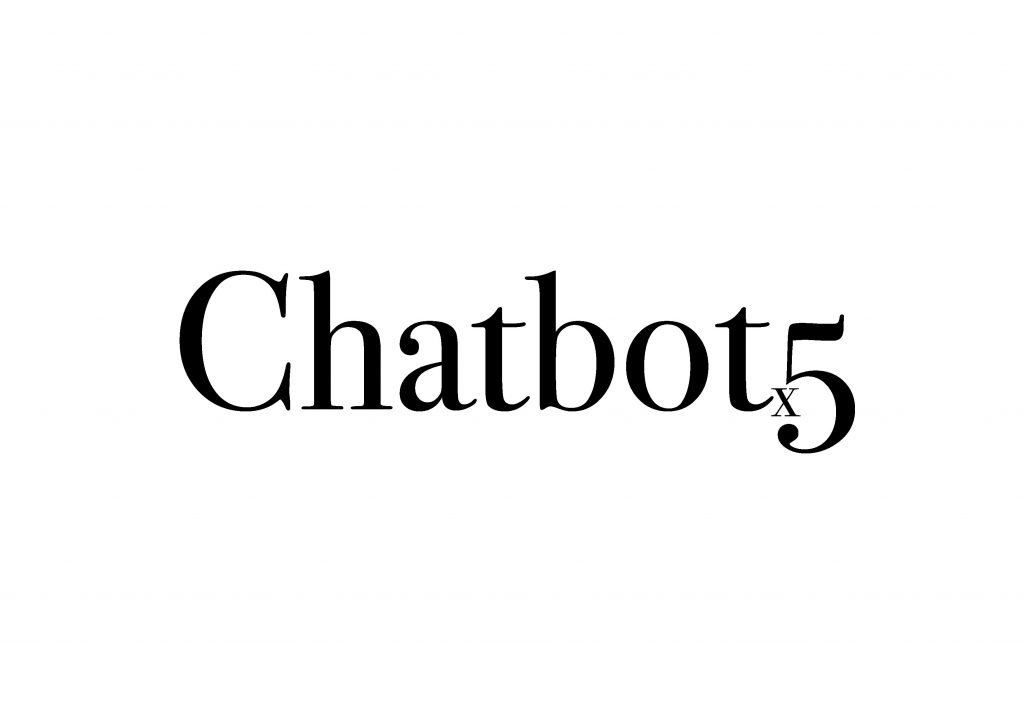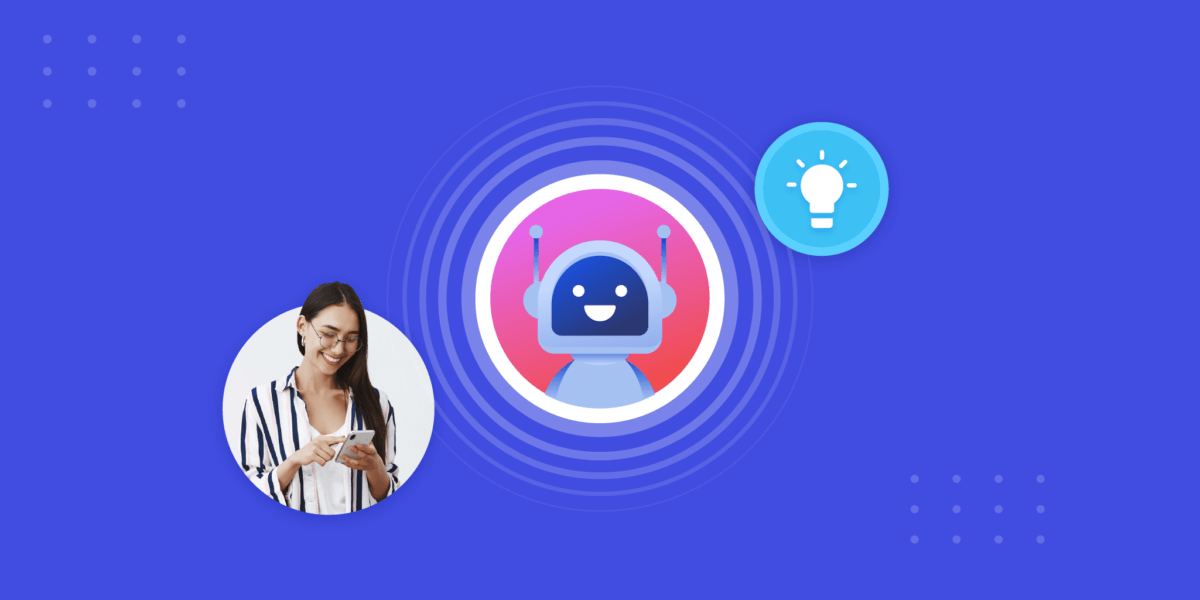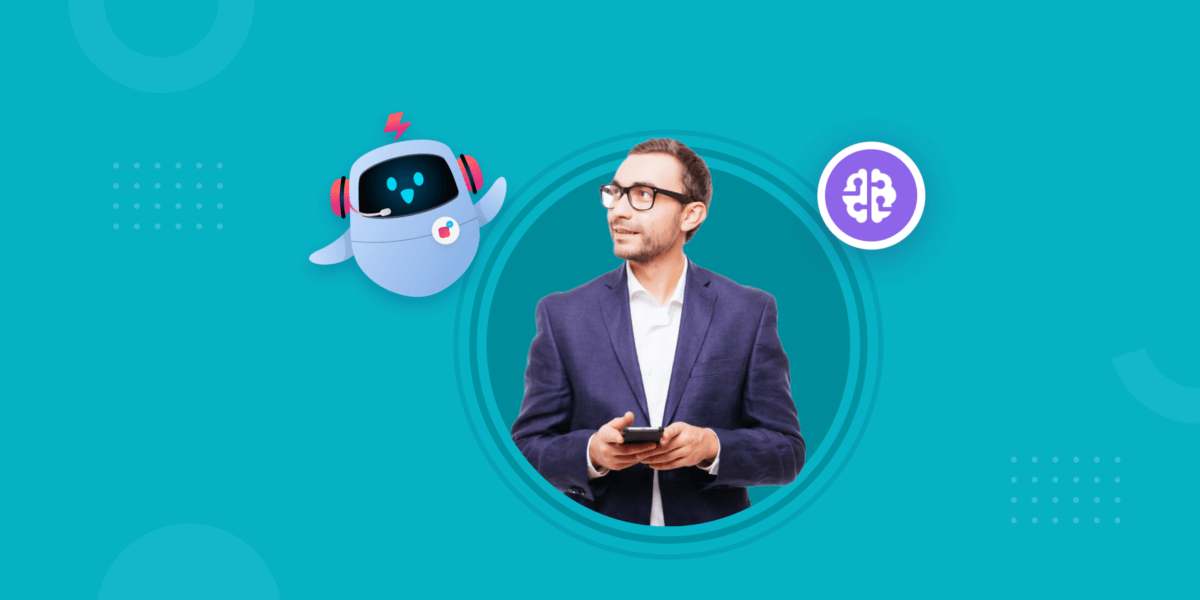Small Scale Business Chatbots: Let’s Chat-A-Bot it

Small Scale Business Chatbots: Let’s Chat-A-Bot it
There’s a growing demand for chatbots amongst small-scale business owners. Chatbot helps to automate virtual interactions between customers and service/product offered by a business.
The Founder of Microsoft has a Warning for Society
Speaking at the Misk Global Forum in Riyadh, Bill Gates explained that rapid advancements in technology could lead to a deeper wedge in income inequality. His concerns stem from tangible statistics. Josef Stadler; UBS’s head of global ultra-high net worth hypothesizes that society is entering a second “Gilded Age”, a period from the 1870s to about 1900; when serious social and economic problems were masked by a thin gold gilding, caused by a hyper-concentration of wealth.
“If we’re not careful, technology will accentuate the difference between the well off and the poor because if it’s expensive, then you’ll have the difference between the well off and the poor people even worse,” Gates said.
But there is hope. Bill is also a strong evangelist of Artificial Intelligence and prophesizes that it will solve the fiscal problems it creates on the way.
“AI will alter the labor and service environment in developed countries but will help society take care of older people or address class sizes in schools. As we free labor up from things like manufacturing, we can shift it to some of these very human-centric needs.”
And Artificial Intelligence has Given Us its First Golden Egg, Chatbots.
The primary difference between global multinationals and small-scale businesses is fiscal freedom. Big companies can take risks, experiment and make moves without constantly fearing for their lives.
Startups and small-scale businesses alike, don’t have that luxury. Every cent has to be accounted for and each cent has to make its own dollar.
Only big multinationals had 24/7 round-the-year customer support, fields of consultants advising them on real-time returns, R&D teams that automated repetitive tasks and a host of computer specialists whose sole purpose of existence is to squeeze that extra 1% out of the sales process. It was preposterous to even suggest you and I could afford that.
Suggested Reading: Top 5 AI Powered Chatbot Apps
What are Chatbots?
For the uninitiated, 2017 was heralded as the “Year of Chatbots” in the tech world.

Despite this, chatbots are by no means new technology. They’ve existed in the spotlight for the past decade, possibly even more. Simply put though, Chatbots are artificial intelligence powered alternatives to human interaction, capable of thousands of conversational variations via a chat interface.
You say, “Weather in the Big Apple, please.” The bot then scans for each of those keywords, matches them with its dataset and spits out, “New York is a chilly 14° today.”
So why are the world of business nerds, yours truly included, losing their collective minds over Chatbots this year? Because they just started saving and making money, buttloads of it.
In the short time that chatbots have entered the realm of mainstream businesses, they’ve been nothing short of revolutionary.
- The banking industry, which was one of the earliest adopters, reports the following.
- The average time saved per chatbot inquiry when compared with traditional call centers is 4 minutes.
- Customers who talked to chatbots showed an increased interaction but with lower costs as compared to their traditional alternatives.
- By the year 2022, over $8 billion in cost savings is expected in the banking industry.
- Overall, chatbots expected to save banks between $0.50 and $0.70 per interaction.
Small Scale Business Chatbots
Chatbots at Verloop.io, for example, are excellent lead generators, providing an average conversion rate of 20%, as opposed to a paltry 3% on manual-fill web forms or pop-up based newsletter subscriptions. Chatbots are also capable of absorbing a companys’ FAQ pages and provide troubled customers with dynamic support.
Think about it, this is technology that allows businesses to interact with their customers irrespective of the time, provide response data in real time can be incorporated within minutes and are endlessly self-learning. And the best part?
They’re free.*
To better explain how Chatbots work for a business, these are the Five C’s of Chatbots –
The Five C’s of Chatbots

- Consistent — Since Chatbots are driven by Artificial Intelligence,; they eliminate any possibility of human error, making for smoother lead creation and conversion. Chatbots are also self-learning, so they constantly adapt to grow even more efficient over time.
- Context-driven — Chatbots are capable of gauging emotion and tweak their behavior based on the customers’ pre-determined profile, like age, gender and location.
- Conversational — Chatbots replicate everyday human interaction more accurately than actual humans do. The vocabulary we use with our friends and family doesn’t cross over in companies interactions with clients. Single-word commands on FAQ pages like “download”, “log-in”, “click here” is how businesses suffer from social communication disorder and lose customers.
- Compatible — Chatbots are endlessly malleable, regardless of business or function from simple lead generation to full-fledged automated sales; all made possible by a little pop up on the bottom right of your screen.
- Cost-Effective — Chatbots aren’t just less expensive compared to their alternatives, they’re an outright steal.
Artificial Intelligence-powered Chatbots have bridged the financial fissure between multinationals and Small Scale Businesses alike when it comes to automated customer engagement.
You can now compete with Big X’s billion-dollar consumer framework with personalised chatbots tailored just for you and your company. Maybe Bill Gates wasn’t wrong after all.






